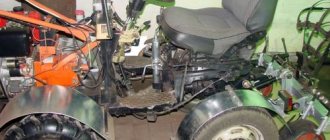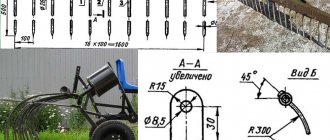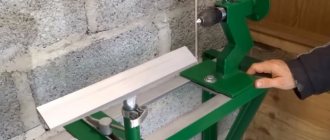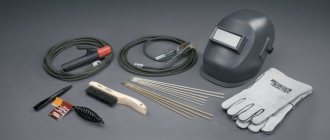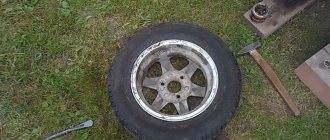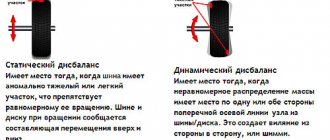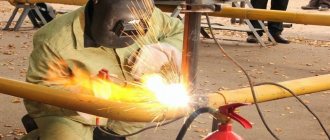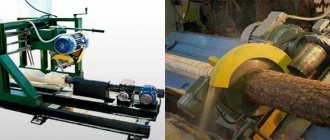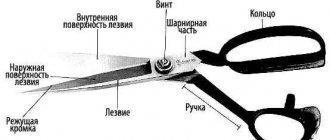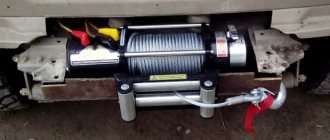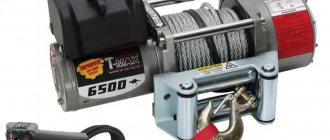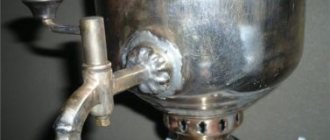Very often, farmers are faced with a problem when they need to buy a loader, but the purchase can cost quite a large sum. If you have enough tools on your farm, as well as quite a lot of metal, you can make your own loader for the rear linkage of the tractor.
What kind of loaders are used in subsidiary farms?
Enterprises produce serial models, which are multifunctional attachments. Often, the MTZ multifunctional tractor is used as the basis for the unit, which is most common in agriculture, has front and rear linkages with power take-off mechanisms and hydraulics, ensuring coordinated operation of the mounted devices.
MTZ tractors are the most common type of equipment in agriculture
The tractor can be equipped with:
- a bucket (front loader) used when working with soil and when moving bulk materials;
- forks , allowing for various operations with piece goods;
- jaw grippers , which are used in timber processing and for loading bulk cargo;
- haystacks for working with hay;
- rake grids for collecting haylage;
- manipulator installations necessary when moving single loads;
- KUN attachment , which allows you to work with various interchangeable mechanisms;
- telescopic cargo boom.
Depending on which drive is used in the operation of the mechanisms, loaders are classified into: electromechanical, mechanical or hydraulic units.
Attachments to the tractor, depending on the tasks, can be installed on the front or rear linkage. Manipulators are often mounted on the rear linkage, and haystacks, forks or a front loader are mounted on the front linkage. The installation option is largely determined by the operational characteristics and technical capabilities of a particular tractor.
Device for row-spacing processing
The most common household equipment is the row ripper.
The relevance of using such a product is due to the need to process narrow areas. This, in turn, requires such a cultivator to be compact, simple and easy to use.
The “Hedgehog” model copes well with the cultivation of such plots.
To make such a device yourself, you must adhere to the following sequence of actions:
- Buy a cutting.
- Mount the bracket in the shape of the letter U with holes at the ends.
- Prepare the wheels and shaft.
In this case, the rotating elements can be made with your own hands. Old steel pancakes of small dimensions with welded metal pins are perfect for such products. The last parts can be made from reinforcement with a cross section of 8-10 mm. When installing such spikes, it is necessary to give them a cone shape.
Prepared cutting elements - cutters are mounted on the axis. In this case, the fixation of such a structure is carried out by means of a bolted connection through prepared eyes.
At the moment, the use of special miniature devices is a fairly common activity in suburban areas.
We invite you to watch a video about a homemade cultivator on the MTZ 80 designed for hilling:
Characteristics of rear-mounted loaders
The rear mounted loader consists of the following structural elements:
- sliding lifting device with carriage;
- a working boom equipped with mechanisms for fastening working tools;
- working elements: jaw grips, buckets, forks, dumps, rigging equipment, etc.
Diagram of a homemade loader
How the equipment works (cycle):
- The tractor moves to the required point, and the working tools are lowered.
- The working elements of the loader are inserted into the load and it is grabbed.
- The equipment is lifted and the cargo is transported to the unloading point.
- The load is being tipped or lowered.
Valentin Kozhedub | Topic author: Rebeca
testing a loader as a crane.
V (Caris) why suddenly? ! the hitch is designed for lifting loads! from the front frontal you can break it faster. and in this version, if you start to take a heavy load, then the tractor just rears up and that’s it.
Maxim (Rebeca) and my papalam was breaking the gap
Read also: Perennial Rudbeckia from seeds
V (Caris) is it really from the rear load? This means the gap was cracked, and the loader finished it off.
Maxim (Rebeca) didn’t stick a knife in the front, but pushed the loaded cart and broke it. Who did I buy this tractor from? I tore out the central screw with a piece of the hydraulic tank; he had a bucket hanging on it
V (Caris) I sympathize... anything can happen...
What is important to consider when producing a hitch?
It is advisable to start manufacturing special equipment if you have the necessary materials and tools. It is important to correctly evaluate the craftsman’s experience with a welding machine and other metalworking devices.
Diagram of the hinged mechanism
The first stage in the production of equipment for a tractor is the preparation of the necessary drawings. You can simplify the task by taking a freely available standard document. The specification contains the necessary parts, indicating their sizes. Using it, the calculation of the material required for the manufacture of a homemade loader, as well as metal fasteners, is made.
A mini-tractor loader manufactured in accordance with the drawing and technology will be an excellent assistant in your work.
Materials and tools needed for work
During the manufacturing process, you cannot do without a welding machine, an angle grinder, and improvised tools.
Even to make the simplest model of a tractor hitch, you should have:
- metal profiles and sheets, the thickness of which depends on the dimensions and load on the equipment;
- swivel joints;
- three hydraulic cylinders (can be taken from old equipment): a large one for raising the boom, two small ones for tilting the bucket.
Technology for the production of tractor attachments
First you need to prepare the base. It is a rectangle formed by square pipes or corners. Another rectangle is fixed in the center of the base, where a large hydraulic cylinder will be installed. A spacer and four hinges (for the cylinders and the boom mechanism) are fixed on the top edge.
Tractor boom diagram
The boom is made of two metal profiles connected at an angle of 30 degrees. The end of the base and the hydraulic cylinder mount are fixed to it (from above).
A cylindrical hinge is installed in the middle of the boom. Movably fixed sections are also mounted here, connecting small cylinders and a crossbar necessary for attaching the base of the bucket.
A ladle is made from one large and four smaller steel rectangular plates, one of the sheets is welded at an angle.
If the boom is more than two meters long, there is a high probability that the tractor may tip over. To eliminate a possible problem, the front part of the special equipment is equipped with a counterweight.
MTZ front end counterweight kit
Disadvantages of homemade devices
When producing a homemade forklift, you may encounter some problems. The need to purchase missing parts or materials can cause a significant increase in the cost of the device. The quality of the manufactured device directly depends on the qualifications of the craftsman, on the competent calculation of the parameters of the product and its individual parts.
In many cases, it is cheaper and more reliable to purchase a used tractor rear loader.
Related video: Homemade loader on a mini-tractor
Publications on the topic
Description and technical characteristics of popular MTZ excavator models
Self-installation of a septic tank in a private house
Self-installation of xenon
How to make a kun ladle with your own hands on MTZ video
April 2, 2012. The homemade KUHN is hanging in the back while I am loading hay on the MTZ 80 tractor. Can you post a photo of your device, I want to make a ladle for myself.
AZAS Barnaul | Topic author: Nikolay
In Krasnodar Front loader PFU quick-detachable (1000 kg) Publication validity period has expired Type Mounted Mounted Front Mounted with tractors of traction class 14 kN (1.4 tf) MTZ-80/82; MTZ-80.1/82.1; MTZ-82.1(PVM-822); MTZ-892/892.2; MTZ-920/920.2; MTZ-820/820.2; MTZ-950; MTZ-952/952.2 Drive From the tractor hydraulic system Nominal load capacity (load weight in the bucket), kN (kgf) 10 (1000) Operating speed, km/h, no more than a) with bucket 6 b) with other working parts 6 Transport speed ( without load), km/h 20 Loading height with buckets, m, not less than 3, 1 Lifting height (from ground level to the lower surface of the bucket, located horizontally), m, not less than 3, 9 Bucket unloading angle, degrees, not less 60 Structural weight (without replaceable working parts), kg, no more than 680 Replaceable working parts: Buckets with a volume of 0.6 m3; 0.85 m3; 1.0 m3. Jaw bucket (0.85 m3). Forks for the forest. Hay forks. Bale forks. Bulldozer blade straight. Bulldozer rotary hydraulic blade.
